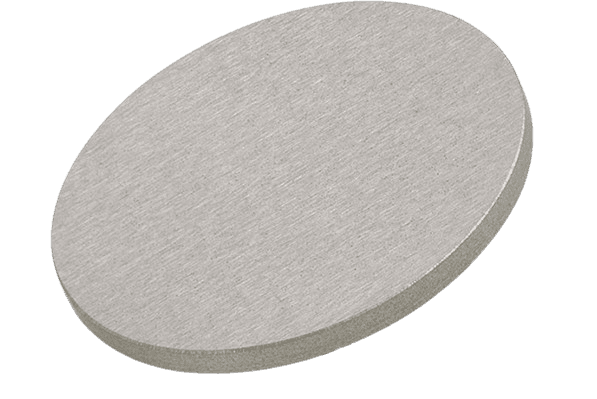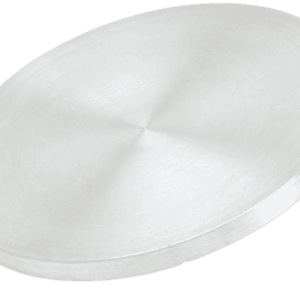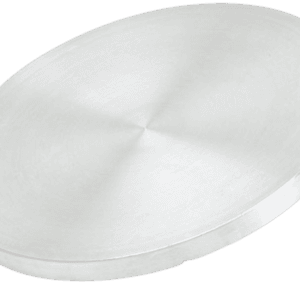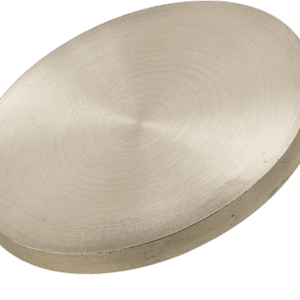Germanium Antimony Selenium Tellurium Sputtering Target Description
Crafted with meticulous attention to detail and using high-quality materials, the Germanium-Antimony-Selenium-Tellurium (GeSbSeTe) sputtering targets from TFM deliver superior performance and dependability.
These sputtering targets are composed of Germanium, Antimony, Selenium, and Tellurium, providing excellent electrical conductivity, a high melting point, and remarkable chemical stability. Their elevated refractive index also makes them highly suitable for various optical applications. With our commitment to precision and quality, you can trust these targets to enhance your thin-film deposition processes effectively.
Related Product: Germanium Sputtering Target, Germanium Sulfide Sputtering Target
Germanium Antimony Selenium Tellurium Sputtering Target Specifications
| Compound Formula | GeSbSeTe |
| Appearance | Silvery gray metallic Target |
| Available Sizes | Dia.: 1.0″, 2.0″, 3.0″, 4.0″, 5.0″, 6.0″ Thick: 0.125″, 0.250″ |
Germanium Antimony Selenium Tellurium Sputtering Target Handling Notes
Indium bonding is recommended for Germanium-Antimony-Selenium-Tellurium (GeSbSeTe) sputtering targets due to their specific characteristics, such as brittleness and low thermal conductivity, which can pose challenges during sputtering. These materials exhibit low thermal conductivity and are prone to thermal shock, making indium bonding a suitable solution to enhance their performance and reliability in sputtering applications.
Germanium Antimony Selenium Tellurium Sputtering Target Application
Germanium Antimony Selenium Tellurium Sputtering Target Packaging
Our Germanium-Antimony-Selenium-Tellurium (GeSbSeTe) sputtering targets are meticulously managed throughout storage and transportation to maintain their quality and ensure they arrive in pristine condition.
Get Contact
TFM’s Germanium-Antimony-Selenium-Tellurium (GeSbSeTe) sputtering targets are offered in a range of forms, purities, and sizes. We specialize in manufacturing high-purity physical vapor deposition (PVD) materials, ensuring the highest density and smallest average grain sizes. These targets are ideal for semiconductor applications, as well as for chemical vapor deposition (CVD) and PVD in display and optical technologies.


 MSDS File
MSDS File



Reviews
There are no reviews yet.